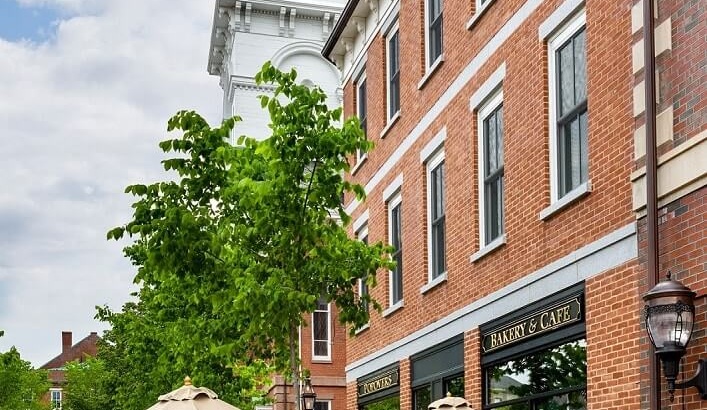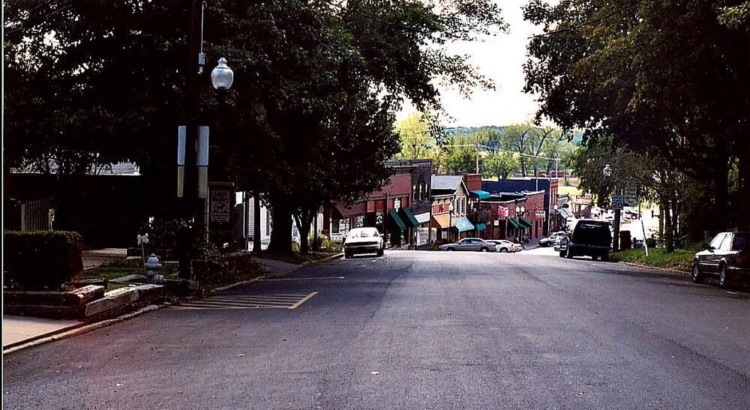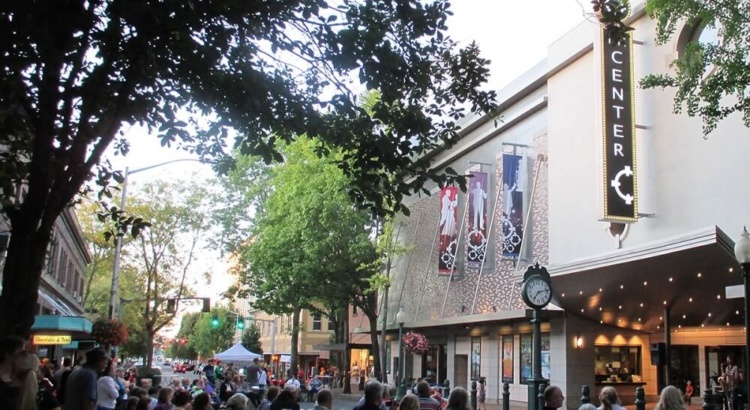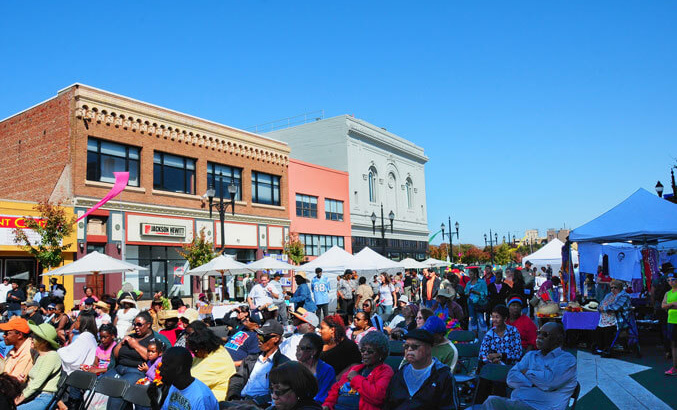Main Streets 2016: New Hampshire
To gaze down Congress Street from Market Square is to peer directly into American history. The distinctive Colonial, Georgian and Federal style buildings here and throughout Portsmouth are the very image of an old-time, waterside New England city.
The imposing brick and stone downtown edifices no longer serve the port and shipbuilding businesses that made Portsmouth one of the earliest and wealthiest cities in colonial America. Instead, today they house much of the retail, professional and artistic enterprise that has transformed Portsmouth into a thriving commercial hub on New Hampshire’s seacoast.
Although a fairly small city, Portsmouth draws tourists and residents from near and far for work, entertainment and culture. Market Square Day, for example, is a celebration of food, bands, artisans and entertainment right downtown — and Market Square, at the top of Congress Street, is the natural jumping-off point for any visit to Portsmouth.
Historic North Church, built in 1855 to replace the original 1712 meeting house, dominates the square. The Portsmouth Athenaeum, occupying a distinctive red-brick and white-columned building on a corner of Market Square, is a “nonprofit membership library” and museum that was incorporated in 1817. It’s a place to borrow a book, see an art show or research your family’s genealogy.
Walking along Congress, you might be drawn into Diversions Puzzles & Games, a place to rediscover the classic board games you remember. If you get hungry, stop in to Jumpin’ Jays Fish Cafe, a casual seafood eatery that’s a favorite among locals, then relax over coffee and dessert at Popovers on the Square, a casual café back on Market Square.
Along with the restaurants, cafes and locally owned stores on or around Congress are some of the many attractions and points of history that make the city what it is. This mixture of historic and contemporary inspired the National Trust for Historic Preservation to recognize Portsmouth in 2008 as one of its “Dozen Distinctive Destinations.”
A few blocks from Congress Street, don’t miss the Strawberry Banke Museum, located in the waterfront neighborhood that dates to 1695. This is where Portsmouth began. The district is a salty, scenic treasure that was saved from urban renewal several decades ago, and the museum depicts the heritage of this quintessential New England port community.
Market Square Day photo courtesy of Pro Portsmouth




